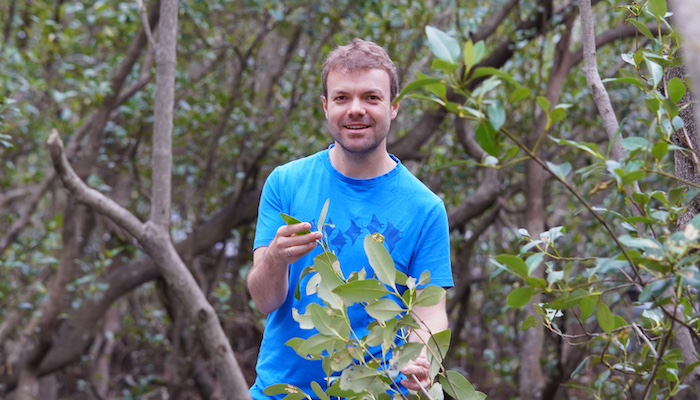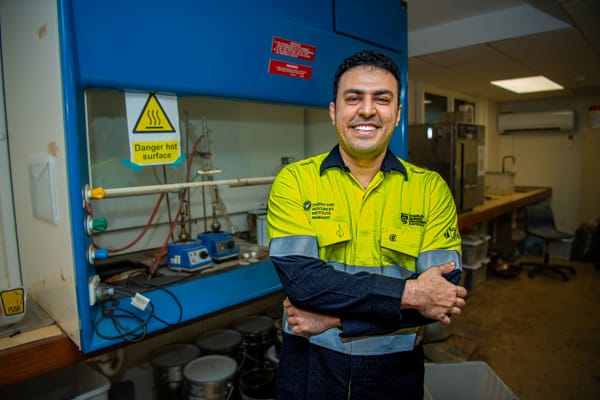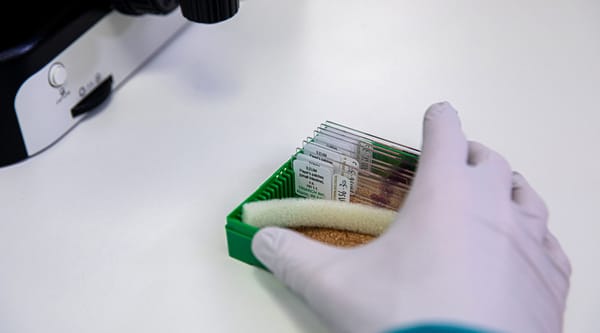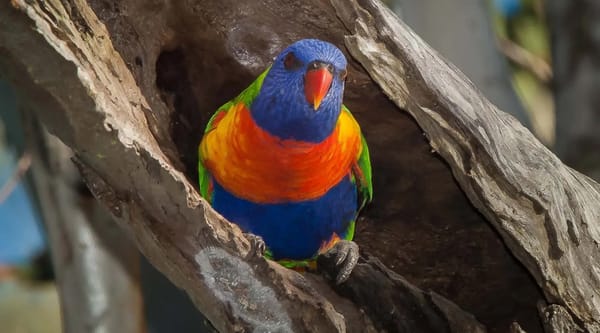One in three plants call islands home, now more than half are under threat
Islands make up just over five per cent of the world's land yet are home to 31 per cent of Earth's plant species. A new study shows that more than half the plants unique to islands are classified as threatened, with habitat loss, climate warming and invasive species to blame.

First published by Macquarie University
A new study has revealed that islands are home to around one in three of the world’s plant species, despite covering just over five per cent of the Earth’s land surface.
A new study has revealed that islands are home to around one in three of the world’s plant species, despite covering just over five per cent of the Earth’s land surface.
Dr Julian Schrader, from Macquarie University’s School of Natural Sciences, led a team of a dozen researchers from Australia, Germany, Spain, USA, Greece and Japan in analysing data on more than 304,103 plants – essentially all species known to science worldwide – uncovering a treasure trove of island biodiversity.
The team found 94,052 species are native to islands. Of these, 63,280 are endemic –found nowhere else in the world – representing 21 per cent of global plant diversity.
The team’s research, published in Nature, provides the first comprehensive assessment of vascular plants native and endemic to marine islands worldwide.
Native plants naturally occur on an island, while endemic plants are found only on that specific island or group of islands and nowhere else in the world.
Vascular plants make up most plants on Earth and include trees, shrubs, herbs, ferns and grasses. They have a circulatory system, unlike non-vascular plants such as mosses and liverworts.
“This is the first time we have had such a complete understanding of which species are where, globally,” says Dr Schrader. “We can now explore the conservation status of some of our rarest plants and come up with distinct strategies to conserve them, such as identifying botanical gardens that could host rescue populations.”
Australia’s island havens
The study found that only six per cent of islands supporting endemic species met a United Nations goal to protect 30 per cent of land and sea areas by 2030.
About 70 per cent of Australia’s plant species are endangered and threatened plant species are in rapid decline.
“Among these thousands of islands, a few nations – including Australia – apply good conservation practice to some islands and have clear schemes to protect their island ecosystems, but many tropical islands with the highest biodiversity are very poorly protected,” Dr Schrader says.
Australia’s Lord Howe Island and Macquarie Island are among the success stories. “By eradicating pests like rats, rabbits and mice and introducing very strict biosecurity rules, we’ve seen threatened plant populations on these islands recover and some species populations even increase,” Dr Schrader says.
Despite this good news, Australia’s biodiversity conservation record is patchy. “While some islands are managed very well, the reality is more nuanced. About 70 per cent of Australia’s plant species are endangered and threatened plant species are in rapid decline,” Dr Schrader says.
Island plant biodiversity loss is also a huge concern for Australia’s neighbour, Indonesia, which is home to thousands of endemic plant species on islands including Borneo and Sumatra, yet facing ongoing threats from land clearing and introduced species.
Hotbeds of island diversity
The study identified several centres of plant endemism – areas with high numbers of species found nowhere else. Nearly all are large, tropical islands with complex topography and a long history of isolation.
Topping the list is Madagascar, home to a staggering 9,318 endemic plant species. This African island nation is followed closely by New Guinea (8,793 endemic species), Borneo (5,765), Cuba (2,679) and New Caledonia (2,493).
“Large geographical distances, and climates and environments that differ from other archipelagos or mainland regions, lead to a high rate of evolution of new species, or ‘speciation’,” says Dr Schrader.
Such isolation has led to some remarkable examples of plant evolution; in Hawaii, 126 species of lobeliads trace their lineage back to a single colonisation event.
However, many plants that have evolved in isolation, developing unique adaptations to their original ecosystems, may be poorly equipped to compete with introduced species.
Climate change poses an additional threat. Rising sea levels and increased frequency of extreme weather events are potentially devastating for low-lying islands and their unique flora.
The team has created a standardised checklist of all known vascular plants occurring on islands, documenting their geographical and phylogenetic distribution and conservation risk.
The dataset also provides a crucial baseline for monitoring changes in island plant communities over time and could offer a roadmap for prioritising protection efforts.
“In French Polynesia, I was trying to find one of the rarest plants in the world, the flowering shrub called tiare apetahi (Sclerotheca raiateensis), with only a few individuals left in the wild,” says Dr Schrader.
The plant has large, fragrant flowers and holds an important place in local culture and stories, but has been over-harvested and devoured by rats. “Nobody has yet figured out how to grow this species in botanical gardens – so it might go extinct in the near future,” Dr Schrader says.





